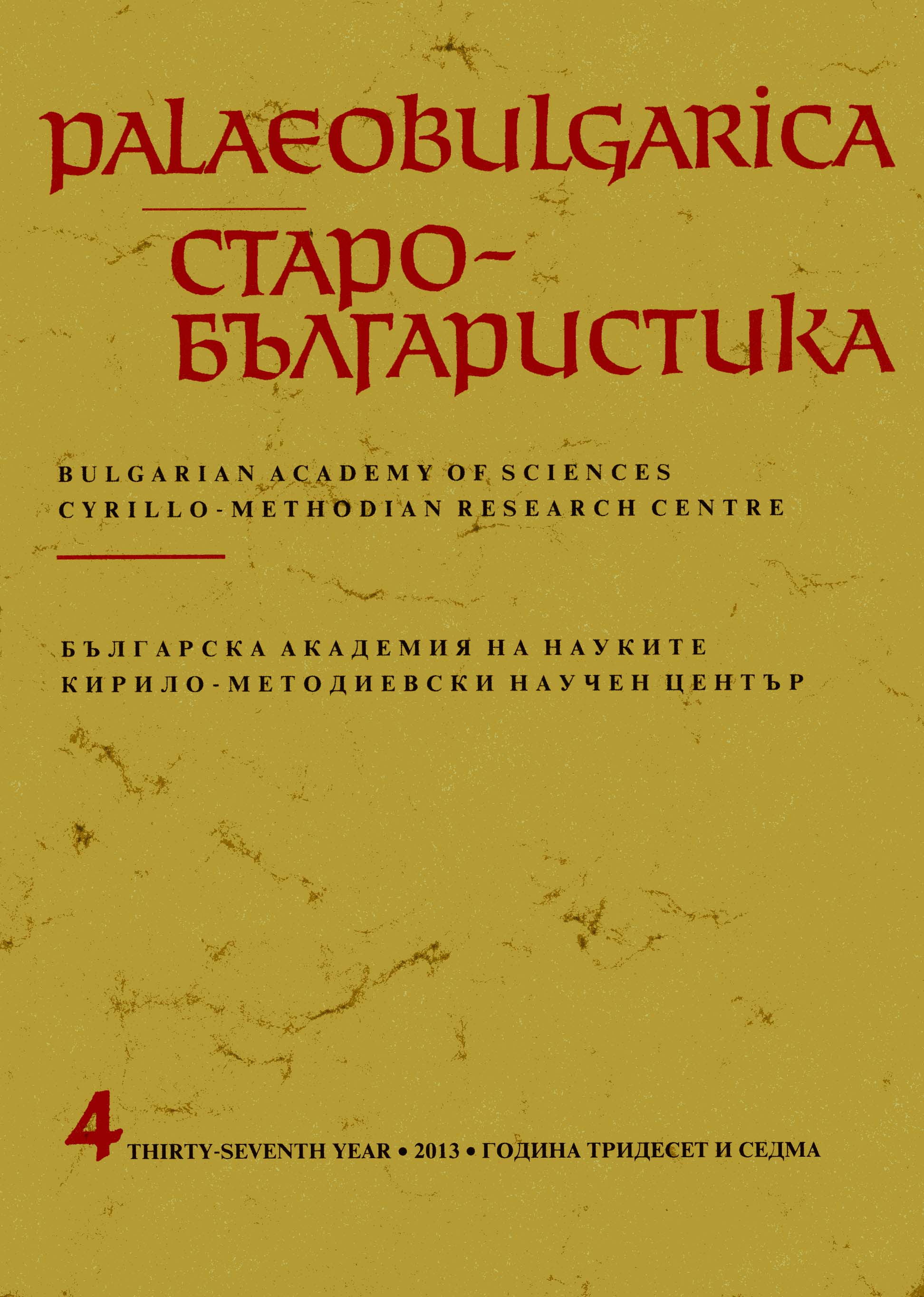Oats in Ancient and Byzantine "Materia Medica" (5th Century BC – 11th Century AD)
Oats in Ancient and Byzantine "Materia Medica" (5th Century BC – 11th Century AD)
A Commentary on the Popularity of Oats as a Foodstuff
Author(s): Maciej Kokoszko, Krzysztof Jagusiak, Zofia RzeźnickaSubject(s): History, Cultural history, Ethnohistory, Middle Ages, 6th to 12th Centuries
Published by: Кирило-Методиевски научен център при Българска академия на науките
Summary/Abstract: The common oat (Avena sativa) is a kind of cereal which is fairly well attested in ancient and Byzantine Greek sources. It is to be noted that medical literature of the abovementioned periods is especially informative as far as the subject in question is concerned. The body of evidence shows that both in Antiquity as well as over the Byzantine period (i.e. between the Vth and the XIth centuries) oats belonged to the crops which did not enjoy much appreciation nor special attention on the part of both mass consumers as well as dieticians. It was made use of almost exclusively as emergency food in case of shortages of other cereals.Though there are very few recipes that refer directly to the ways of preparing oats as food, some guidelines can be formulated on the basis of information pertaining to other cereals. The analyzed sources appear to suggest that it was used to prepare thin soups (on the basis of oat cooking stock) termed apozema (Bπόζεμα), chylos (χυλός), hepsema (Wψημα), rofema (…ό5ημα) i potema (πότημα). Moreover, the cereal was also cooked into a gruel-like soup called poltos. Having been finely ground, the cereal could also be utilized to prepare bread, which, however, was not highly appreciated for its taste nor dietetic value.Medical sources characterize oats in reasonable detail. The cereal is said to be not very appealing in its flavour (which reveals unbalanced humours), characteristic of limited wholesomeness, slightly astringent/styptic (and therefore slowing down the work of the alimentary tract), hard to digest, delicately desiccating, and finally heating as well as cooling at the same time.
Journal: PALAEOBULGARICA / СТАРОБЪЛГАРИСТИКА
- Issue Year: 2013
- Issue No: 4
- Page Range: 21-42
- Page Count: 22
- Language: English
- Content File-PDF

